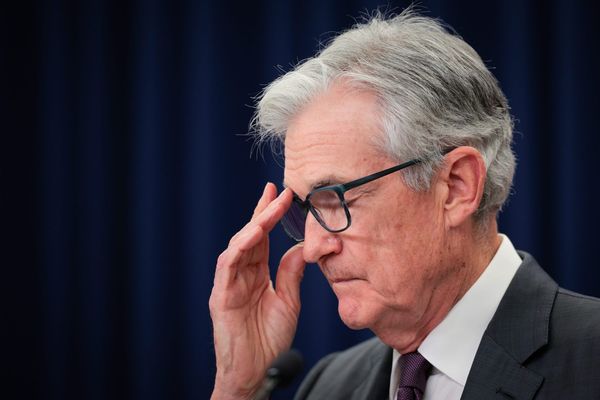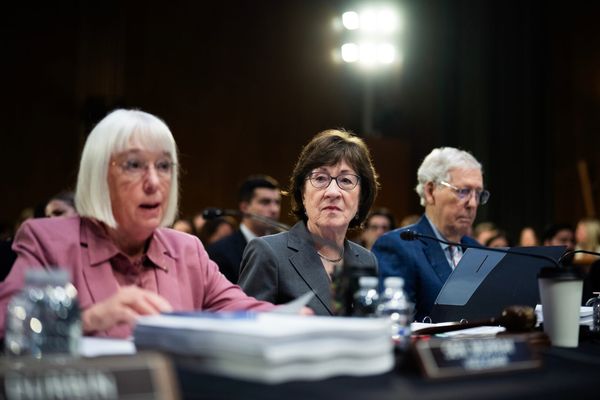
Insiders are on break.
Some of it is the fact that trading windows are closing as earnings season approaches.
Most of it is because valuations are absurdly high and there is a great deal of uncertainty surrounding the economic outlook.
This is not a new movie.
Those of us who have been around a minute or two seen it before.
Those of us who have been around a minute or two and have learned the lessons history has to teach us are also well aware that sometimes alpha is best created by not letting yourself get run over by beta.
In my experience, some of the most dangerous moments in the stock market are not when insiders sell in volume, but when they simply stop buying.
It is one thing for executives to take profits or exercise options. But when the folks running public companies go quiet, when they stop buying their own shares entirely despite booming earnings and rising stock prices, that silence speaks volumes. It says they do not see compelling value. It says they would rather hold cash than buy their own businesses. It says the market is expensive.
History has shown that when valuations soar and insider buying fades to a whisper, investors would do well to pay attention.
At the height of the dot-com boom in 1999 and 2000, the U.S. stock market reached historic valuation levels. The Shiller CAPE ratio climbed above 44. Market cap to GDP exceeded 140 percent. Technology stocks soared. Analysts chased targets higher. Retail investors could not get enough of internet IPOs.
But one group was not buying into the hype. Corporate insiders.
Despite record share prices and nonstop cheerleading on financial television, insider buying collapsed in the final years of the 1990s. Executives and directors across the market, and especially in tech, chose to sit on the sidelines. They were not enthusiastic about the valuations they were seeing.
They were not adding to positions. Many were not buying at all.
This vacuum of insider conviction did not stop the market's ascent, but it did foreshadow the crash that followed. From 2000 to 2002, the S&P 500 lost nearly half its value. The NASDAQ fell almost 80 percent. The insiders' unwillingness to put fresh money into their own stocks turned out to be one of the most prescient signals of the entire cycle.
By the middle of the 2000s, the housing boom was in full swing. The stock market recovered from the dot-com bust, and by 2007 the S&P 500 had reached new highs. Valuations were rich again.
The CAPE ratio moved into the high 20s. Market cap to GDP climbed past 100 percent. Everything looked great on the surface.
Yet once again, insiders kept their hands in their pockets.
Insider buying had already slowed to a crawl by 2006. Company officers and directors showed remarkably little interest in buying shares in the firms they managed.
Financial industry insiders, in particular, were quiet. There were no waves of conviction buying. No demonstrations of enthusiasm. Just silence.
That silence was soon broken, not by buying, but by a financial crisis.
The market peaked in October 2007. The housing bubble burst. Major institutions collapsed. By March 2009, the S&P 500 had fallen 57 percent. The insiders never said much, but their lack of buying spoke volumes. They simply did not see value when others did. They were right.
After the March 2020 crash, the market roared back. Tech stocks exploded higher. The S&P 500 doubled in a year and a half. The CAPE ratio climbed above 38. Market cap to GDP blew past 200 percent, far exceeding dot-com levels. Retail traders flooded into the market. Enthusiasm was everywhere.
Except inside the C-suites.
In 2021, insider buying was conspicuously absent. Executives had every reason, at least on paper, to believe in their businesses. Record profits, high margins, seemingly unlimited liquidity. But they were not buying. Most stood still. A few added token amounts.
But the broad trend was clear. Insiders were hesitant, cautious, and skeptical.
That hesitation proved well founded. In 2022, markets fell sharply. The S&P 500 dropped more than 20 percent. Speculative tech names cratered. The investors who had been watching insider activity had seen it coming. The absence of buying at the highs had been a red flag.
In each of these episodes, the story was not that insiders were selling aggressively, although some did. The real story was that insiders simply stopped buying.
They did not view their own stocks as cheap. They did not demonstrate belief with their wallets. They withheld the one signal that matters most, buying shares in their own companies at market prices.
That signal has historically correlated with strong future returns when present, and with caution when absent.
When insiders are buying in volume, it suggests they see value the market is missing. But when they step aside, especially as valuations stretch and investor sentiment runs hot, it should give any long-term investor pause.
Where We Stand Now
In the last month or so insider buying has dried up Insiders are sitting on their hands with wallets and checkbooks firmly closed.
Sellers have not taken a break.
If anything, we are seeing insiders rush a bit to take advantage of high prices and stretched valuations.
Insiders sell stocks for lots of reasons.
Estate planning.
Buying a vacation home
Pay for a dream wedding.
Tuition for the kids.
Settle a dream divorce.
An expensive vacation
A new Lamborghini
Diversifying their asset base.
They only buy for one reason. They think their company is undervalued and has strong prospects for huge long-term returns.
At the moment very few insiders appear to think that is the case.
That does not guarantee another downturn.
It does not mean you need to run to sell all your stocks right now.
At other turning points the markets keep going higher for some months after buying declined.
This market has strong momentum and could climb a bit higher.
It does mean that maybe loading up on stock at current levels with new money might not be the greatest idea.
This appears to be one of those times when keeping you money is just as important as making more of the stuff.







